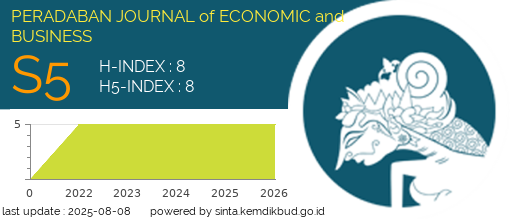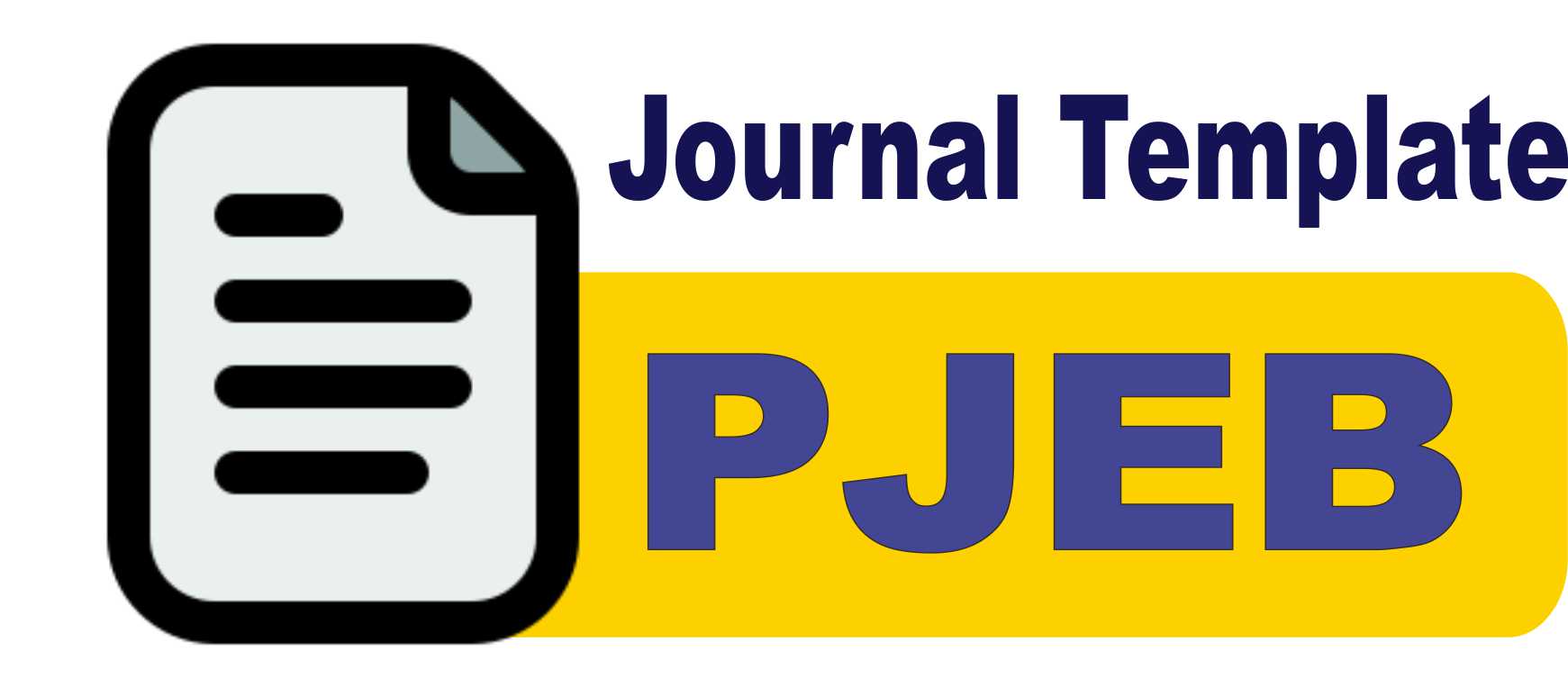Efek Insentif Pajak terhadap Kinerja Ekonomi Sektoral dan Nasional
Analisis Simulasi Tabel Input-Output Tahun 2021
DOI:
https://doi.org/10.59001/pjeb.v4i2.542Keywords:
insentif pajak, input-output, kinerja ekonomi, PDB, tenaga kerjaAbstract
The government uses tax incentives as one of the fiscal policy instruments to stimulate the economy. Over the last five years, the government has increased tax incentives, especially during the Covid-19 period. Although tax incentives deviate from general tax regulations and reduce state revenues, they can be considered as increasing government expenditures because they fall under the category of state expenditures. This study aims to determine the impact of tax incentives provided by the government in 2021 on the business sector and its effect on sectoral changes, national output, GDP, and employment. To analyze the effect of incentives, an input-output simulation analysis was used with the scenario that tax spending is equivalent to government spending. The input-output table data used is the 2016 input-output table, updated to 2021. The results show that the manufacturing and agricultural industry sectors that receive relatively large tax incentives experience a significant effect on changes in output, GDP, and employment compared to other sectors. Secondly, there are several strategic sectors that receive low tax incentives. Thirdly, some sectors are given high tax incentives, but the effect of changes in output, GDP, and employment is lower than sectors with low tax incentives, and vice versa. Theoretically, this study contributes to understanding the impact of tax incentives on Indonesia's economy, particularly in business sectors that have generally been underexplored in Indonesia. Practically, it assists the government in formulating sector-specific tax incentive policy strategies.
Pemerintah menggunakan insentif perpajakan sebagai salah satu instrumen kebijakan fiskal untuk mendorong perekonomian. Dalam lima tahun terakhir, insentif pajak yang diberikan pemerintah cenderung naik, terutama pada periode Covid-19. Karena bersifat menyimpang dari peraturan perpajakan secara umum, insentif pajak jelas mengurangi pendapatan negara, tapi bisa dianggap menaikkan belanja pemerintah karena secara substansial termasuk dalam kategori belanja negara. Penelitian ini bertujuan untuk mengetahui seberapa besar efek dari insentif pajak yang diberikan pemerintah tahun 2021 berdasarkan sektor usaha terhadap perubahan output sektoral, nasional, PDB, dan penyerapan tenaga kerja. Untuk mengetahui efek insentif metode analisis yang digunakan adalah analisis simulasi input output dengan skenario yang digunakan adalah belanja perpajakan sama dengan belanja pemerintah. Data tabel input output yang digunakan adalah tabel input output tahun 2016 yang diupdate ke tahun 2021. Hasilnya, pertama sektor industri pengolahan dan pertanian yang mendapatkan insentif pajak relatif besar mengalami efek perubahan output, PDB, dan penyerapan tenaga kerja yang cukup besar dibandingkan sektor lain. Kedua, ada beberapa sektor yang strategis tapi insentif pajaknya rendah. Ketiga, ada beberapa sektor yang diberikan insentif pajak tinggi tapi efek perubahan output, PDB, dan penyerapan tenaga kerjanya lebih rendah dari sektor yang insentif pajaknya rendah, begitupun sebaliknya. Secara teoritis, berkontribusi terhadap untuk memahami dampak insentif pajak terhadap perekonomian Indonesia, terutama dalam sektor-sektor usaha, yang umumnya belum banyak diteliti di Indonesia, sementara secara praktis, membantu pemerintah menyusun strategi kebijakan insentif pajak yang bersifat sektoral.
References
Bagi, R., Darussalam, I., & Kristiaji, D. B. B. (2014). Tax expenditure atas pajak penghasilan: Rekomendasi bagi Indonesia (No. 0814).
Botman, D., Klemm, A., & Baqir, R. (2010). Investment incentives and effective tax rates in the Philippines: A comparison with neighboring countries. Journal of the Asia Pacific Economy, 15(2), 166–191. https://doi.org/10.1080/13547861003700299
Domazet, I., & Marjanovic, D. (n.d.). Tax incentives as a factor of economic growth.
Kementerian Keuangan. (2008a). Laporan belanja perpajakan tahun 2016–2017.
Kementerian Keuangan. (2022). Laporan belanja perpajakan 2021: Tax expenditure report 2021.
Klemm, A., & Van Parys, S. (2009). Empirical evidence on the effects of tax incentives (IMF Working Paper, Fiscal Affairs Department).
Kraan, D.-J. (2004). OECD Journal on Budgeting, Volume 4 – No. 1. OECD Journal on Budgeting, 4(1).
Mohammad, R., Rizal, Z., & Pujanggo, G. S. (n.d.). Efek insentif perpajakan berdasarkan dasar pengenaan pajak dan tarif pajak terhadap ekonomi secara makro: Studi kasus Indonesia.
Nugroho, M., & Sartika. (2020). Analysis of input-output table: Integration of economic development by leading sectors in Indonesia.
Saidu, A. (2014). The impact of tax incentives on economic growth and industrial development in Nigeria. International Journal of Advanced Studies in Economics and Public Sector Management, 2.
Surrey, S. S. (1973). Pathways to tax reform: The concept of tax expenditure (First).
Uemura, T. (2009). An estimation of tax expenditure in Japanese income tax from the viewpoint of fiscal transparency. Government Auditing Review, 16.
United Nations. (2018). Tax incentives in developing countries: Selected issues and a country experience design and assessment.
Van Parys, S., & James, S. (2010). The effectiveness of tax incentives in attracting investment: Panel data evidence from the CFA Franc zone. International Tax and Public Finance, 17(4), 400–429. https://doi.org/10.1007/s10797-010-9140-1
Wallis, G. (2016). Tax incentives and investment in the UK. Oxford Economic Papers, 68(2), 465–483. https://doi.org/10.1093/oep/gpv090
Wells, L. T., Allen, J. N., Morriset, J., & Pirnia, N. (2001). Using tax incentives to compete for foreign investment: Are they worth the costs? (No. 15).
Downloads
Published
How to Cite
Issue
Section
License
Copyright (c) 2025 Syahril Syahril

This work is licensed under a Creative Commons Attribution-NonCommercial-ShareAlike 4.0 International License.





